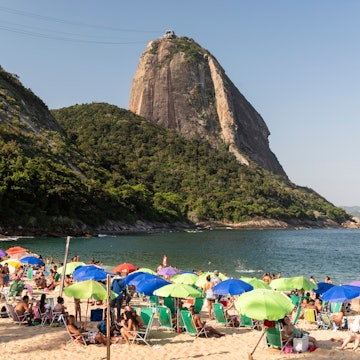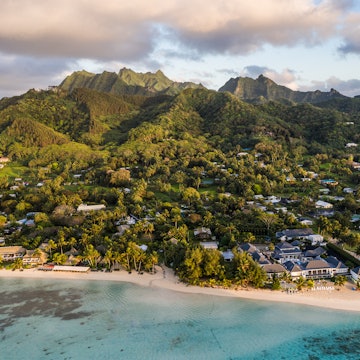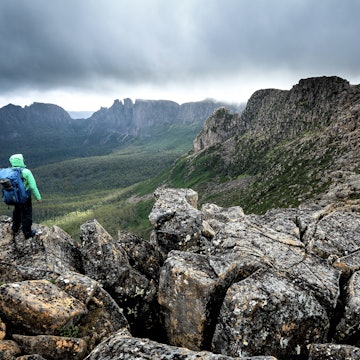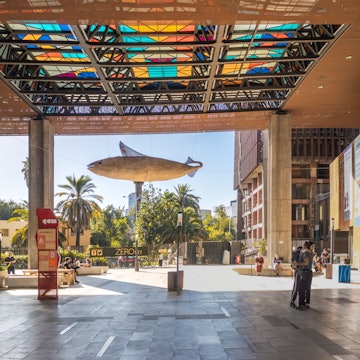
When to visit Chile: a season-by-season guide



Bertrand Lake, Patagonia, Chile. JaySi/Shutterstock
From golden beaches to massive glaciers, from volcanoes to vineyards, Chile offers up an embarrassment of natural riches.
Apart from the long, skinny country’s southernmost tip, which is best visited in summer, this varied land has opportunities for outdoor activities, wildlife watching and cultural experiences throughout the year. Among other things to know before you set off, keep in mind that Chile has several different climates within its long borders – which only adds to the variety of things you can do. The climate of the central region is Mediterranean, for example with cool winters and hot summers – ideal for growing grapes. Patagonia, by contrast, has an oceanic climate, with high rainfall, low temperatures and prevailing westerly winds. And the northern Atacama Desert is one of the sunniest, driest places on Earth.
With such a range of options, picking when you want to visit this country is as important as picking just where you want to visit. Read on for a season-by-season guide on the best times to visit Chile.

The summer high season showcases Chile at its best
Weather in Chile in summer: The southern-hemisphere-summer months between December and February bring lovely weather to most of Chile, with an average daily high between 25–30°C (77–86°F) and minimal rainfall. In Patagonia, summer winds are fierce (with occasional gusts of over 150km/h), and Chileans will famously tell you to expect all four seasons in one day (or in one hour!).
Chilean Patagonia shines from December to February, while Chile’s miles of beaches throng with crowds from late December through January. This is the most expensive time to travel to and within the country – but the rewards are worth it.
As peak summer sets in – and with it heat, from the north to Santiago – Chileans flock south, particularly to Pucón and the Lakes District, or to the beaches along the Pacific. (Note that the Humboldt Current that flows along the Chilean coast keeps the Pacific Ocean cool year-round – no warmer than 15°C/59°F in Middle Chile, and 21°C/70°F in Iquique.) Along with the beach crowds, Santiago’s nightlife scene decamps to Viña del Mar and Valparaíso. Chile’s biggest New Year’s Eve bash takes place in Valparaíso, with revelers filling open balconies and streets to dance, drink and watch fireworks on the bay. It’s traditional to eat a spoonful of lentils as the clock strikes midnight.
Summer is also the high season in Patagonia, drawing trekkers and wildlife watchers to the region’s spectacular landscapes.

Yet summer in Chile isn’t all about sand and senderos. Every January, the Teatro a Mil performing-arts festival dominates the cultural scene in Santiago, with street and theater performances by international artists. First held in 1960 and now an annual February tradition, the Festival Internacional de la Canción de Viña del Mar is one of South America’s biggest and longest-running music festivals, its concerts broadcast live across the continent.
More cultural festivals take place in February all over the country. In Arica, the streets vibrate with street parades, performances by brass bands and colorfully costumed Andean dancing troupes for the Carnaval Andino con la Fuerza del Sol. And Tapati Rapa Nui is a huge cultural festival that takes place over two weeks, involving a series of colorful dance, music and cultural contests on Rapa Nui.

The spring and fall shoulder seasons are best for great weather and off-season deals
Weather in Chile in spring and fall: Temperature-wise, the months of September, October and November (when average daily highs rise from 18°C to 25°C), and March, April and May (with temperatures descending in the other direction) are the best times to visit Santiago. In the spring months in particular, the weather is balmy, with purple-blossomed jacaranda trees in bloom. The Lakes District is pleasant from September to November, while April brings the blazing colors of fall foliage in the south.
Come March, the fall settles in, and the summer crowds disperse. Though all of Chile cools a bit, Southern Patagonia is usually still dry and less windy, with great hiking weather. The country’s harvest begins, as grapes get collected at the Central Valley’s vineyards and pisco distilleries. As autumn continues into April, bright reds and yellows highlight the forests of Northern Patagonia, soon to be moistened by seasonal rain. The south clears out – but visitors might get lucky with decent weather for trekking.
The tail end of winter brings September festivals surrounding Chilean independence. Fiestas Patrias are synonymous with barbecues, terremotos (wine shakes with pineapple ice cream and bitters) and merrymaking all over the country. The celebrations are particularly exuberant in Middle Chile.

October ushers in blossoming flowers in both northern and central Chile. Come November, Chile’s south is in full bloom though the weather is still crisp. This is a good time to visit the beach resorts and Patagonia, since crowds and high prices are still a month or so away. As summer begins in December, services return to the Carretera Austral. Things are still quiet before the peak-summer rush – and thus ideal for outdoor activities in the Lakes District and Patagonia.
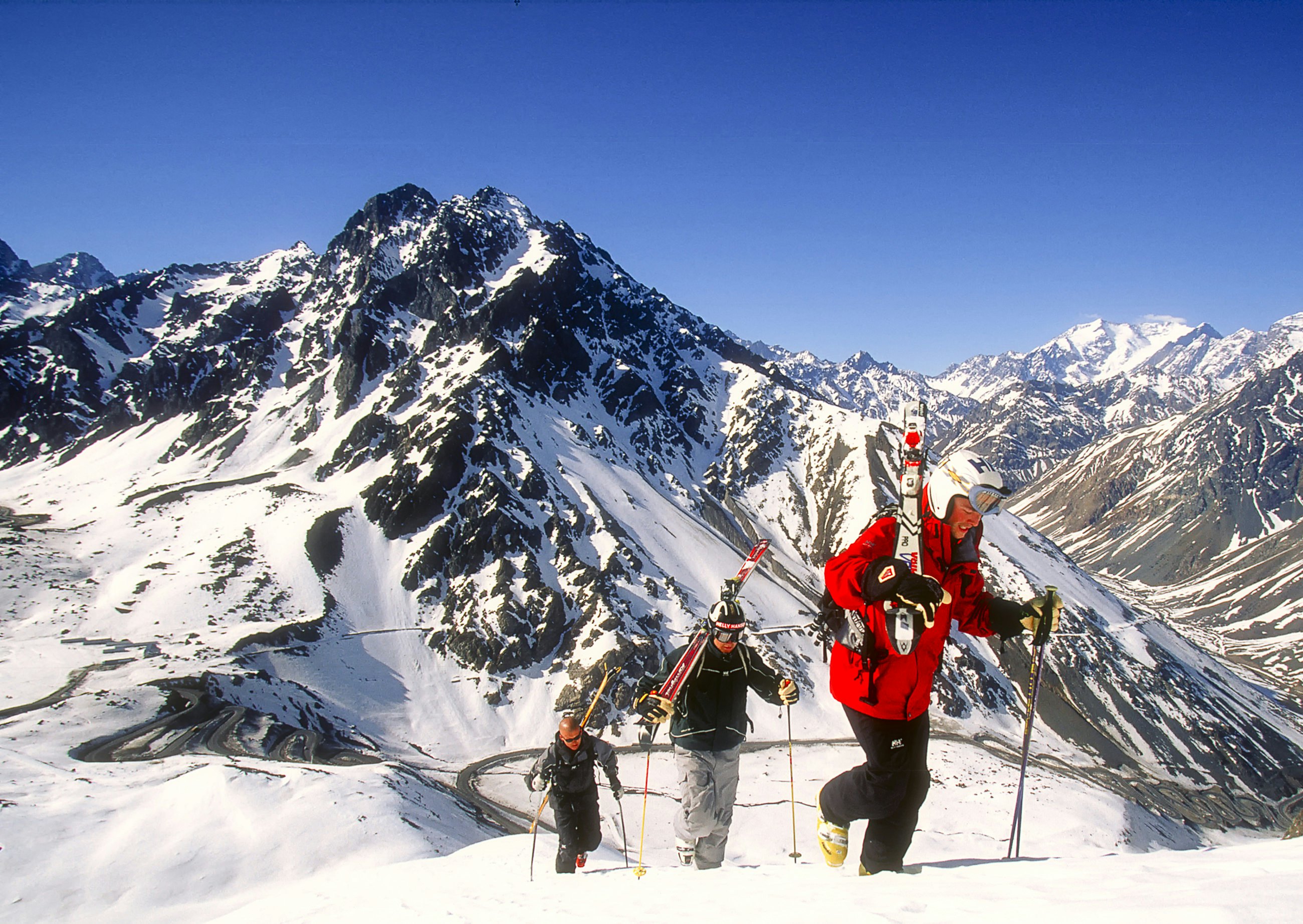
The winter low season is the best time for skiing
Weather in Chile in winter: On the cusp of winter in May, expect some rain across the north and temperatures to lower slightly. In general, June, July and August are chilly but not freezing in Chile, with average highs around 15°C (59°F) – though things get colder the higher in elevation you get. Winters are also wet in most of Chile, with rain about a third of the days – conditions that also dump powder on mountain pistes.
The best time for hitting the ski resorts is June to August, when snow is abundant. This is also a good time to visit the north, when the tourists slim out a little. There are, however, few services on the Carretera Austral, particularly as mountain passes can be blocked by snow. Note that transportation and accommodations are particularly busy in July.
As the days get short in June, nightlife and cultural events pick up, and Chilean winter vacation means family travel is in full swing, especially at the ski resorts near Santiago. Those who brave Patagonia will find beautiful (if cold) winter landscapes without the infamous summer winds.
A fine time to visit, August sees the tail end of the ski season – and cheaper lodgings at holiday destinations, now that school vacation is over. In the south, the winter rains begin to taper off.

The winter months are also good for visiting the Atacama Desert, whose dry, cloudless conditions and absence of light pollution are perfect for stargazing (just be sure to pack warm clothes for those cold desert nights). Winter is also the best time for big-wave surfing in Iquique and Arica.
Chile’s most spectacular religious festival is held in honor of the Virgin of Carmen every July. For 10 days, thousands of pilgrims, costumed dancers and bands fill the streets of La Tirana, a small inland village near Iquique.
This article was partially adapted from Lonely Planet’s Chile & Rapa Nui guide, published in October 2025.








